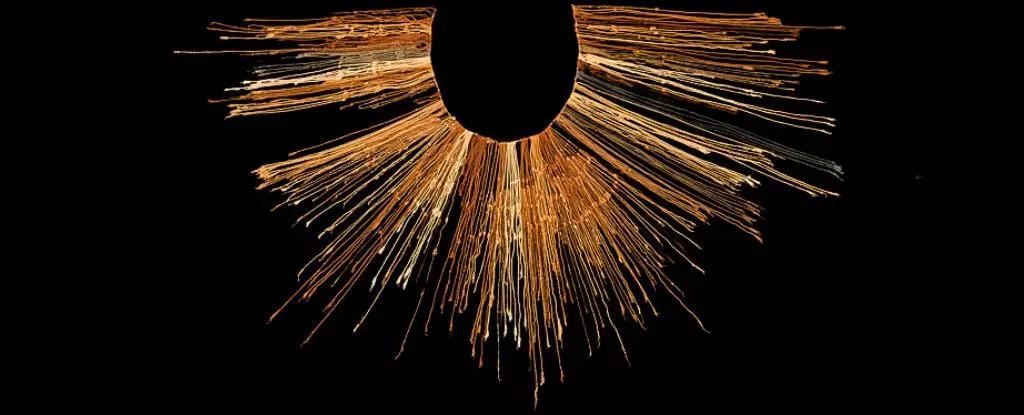For centuries, the Andean civilizations developed sophisticated means of communication, one of which was the khipu—an intricate series of knots tied into cords or strings. Used for over a millennium, khipus served as an essential record-keeping system for several Andean cultures, especially during the reign of the Inca Empire, which flourished from approximately 1438 CE until the Spanish conquest in 1532 CE. With no written language to document their history, the Incas relied heavily on these unique instruments to document everything from population statistics to tribute obligations.
Khipus were not haphazardly made; they were the product of skilled artisans known as khipukamayuqs, who made deliberate choices regarding their construction. These craftsmen utilized materials such as cotton and fibers from camelids—animals that include llamas, alpacas, and even camels. The cords could be dyed in various colors, providing visual cues that enhanced their utility. The creation process included artistic decisions about the colors, knot types, plies of fibers, and even the manner in which the cords were spun and twisted.
In early recorded observations, Spanish chroniclers noted how khipus captured numerical data for a variety of applications. They were utilized to keep track of storehouse inventories, census data, and tax records among others. The structured organization of knots and color-coded cords served a dual role both as a logical categorization tool and as an effective method for conveying complex information to those trained in their usage.
Recent studies have aimed to deepen our understanding of these ancient tools, reflecting advancements in both technology and data analysis. In one significant study, the researcher analyzed two historically important khipus documented by ethno-mathematicians Marcia and Robert Ascher in the 1970s. One khipu is remarkable for being the largest yet discovered, extending over five meters in length and containing more than 1,800 cords. In contrast, the second khipu, while smaller and more complex, was made up almost entirely of intricate arrangements of nearly 600 cords.
A striking analysis revealed intriguing numeric correlations between these two khipus. Each held various red and white “divider” cords that organized the data into groups, with the larger khipu splitting its data into ten groups—each containing seven cords—while the smaller one employed seven groups consisting of ten cords each. This interrelationship suggests that the khipus may have been designed to express the same underlying information through contrasting formats.
What remains particularly captivating about these findings is the speculation regarding the purpose behind the duplication of data representation. While the exact nature of what the khipus were counting remains unspecified, hypotheses suggest that they may have documented both the collection of agricultural products as well as their subsequent distribution. This duality in representation would have been vitally important for an empire that relied heavily on resource management for its administrative operations.
Furthermore, the fragile nature of khipus means that of the countless ones created throughout history, only a mere handful have survived to the present day. Many have been lost due to climatic conditions unfavorable for textile preservation or have fallen to the wayside as societies shifted to different methods of record-keeping. Today, an estimated 1,600 khipus exist within collections primarily housed in the Americas and Europe, but fewer than half of those have their features cataloged digitally.
Looking Ahead: Future Research Opportunities
The ongoing digitization efforts represent a critical avenue for future exploration in khipu studies. By making this invaluable data accessible, researchers may uncover new connections and insights into the complex systems of communication practiced by ancient Andean cultures.
As additional khipus are analyzed, new patterns may emerge, enriching our understanding of not only the khipu itself but also the societies that utilized such a nuanced and compelling form of data representation. Thus, as inquiries continue, the story behind these enigmatic knots will progressively unfurl, revealing the intricate tapestry of Andean civilization’s history and its legacy.

